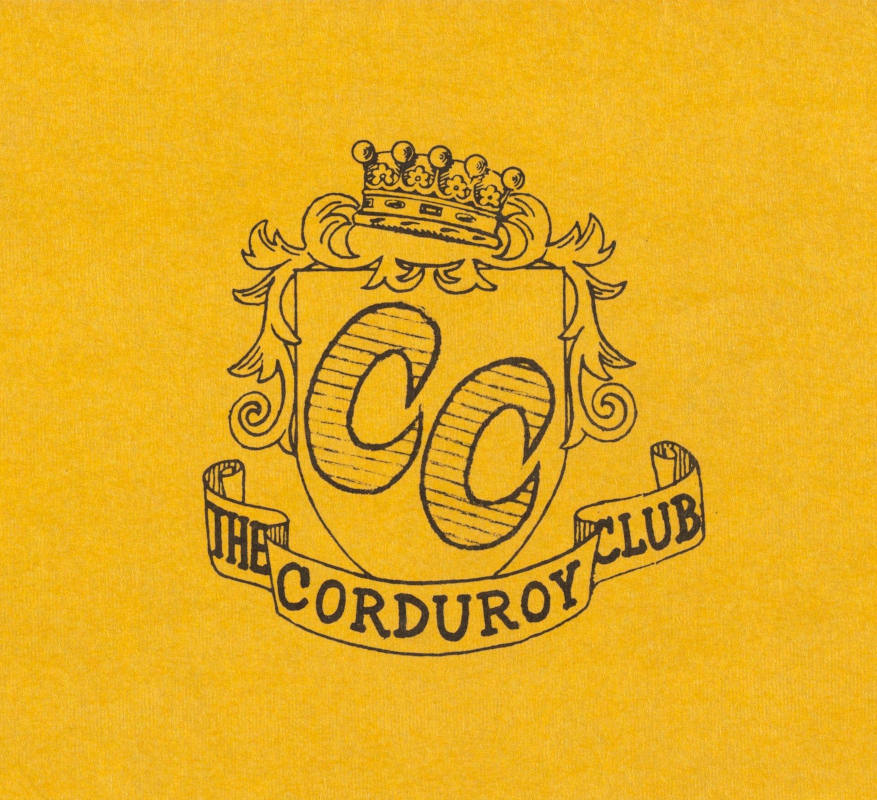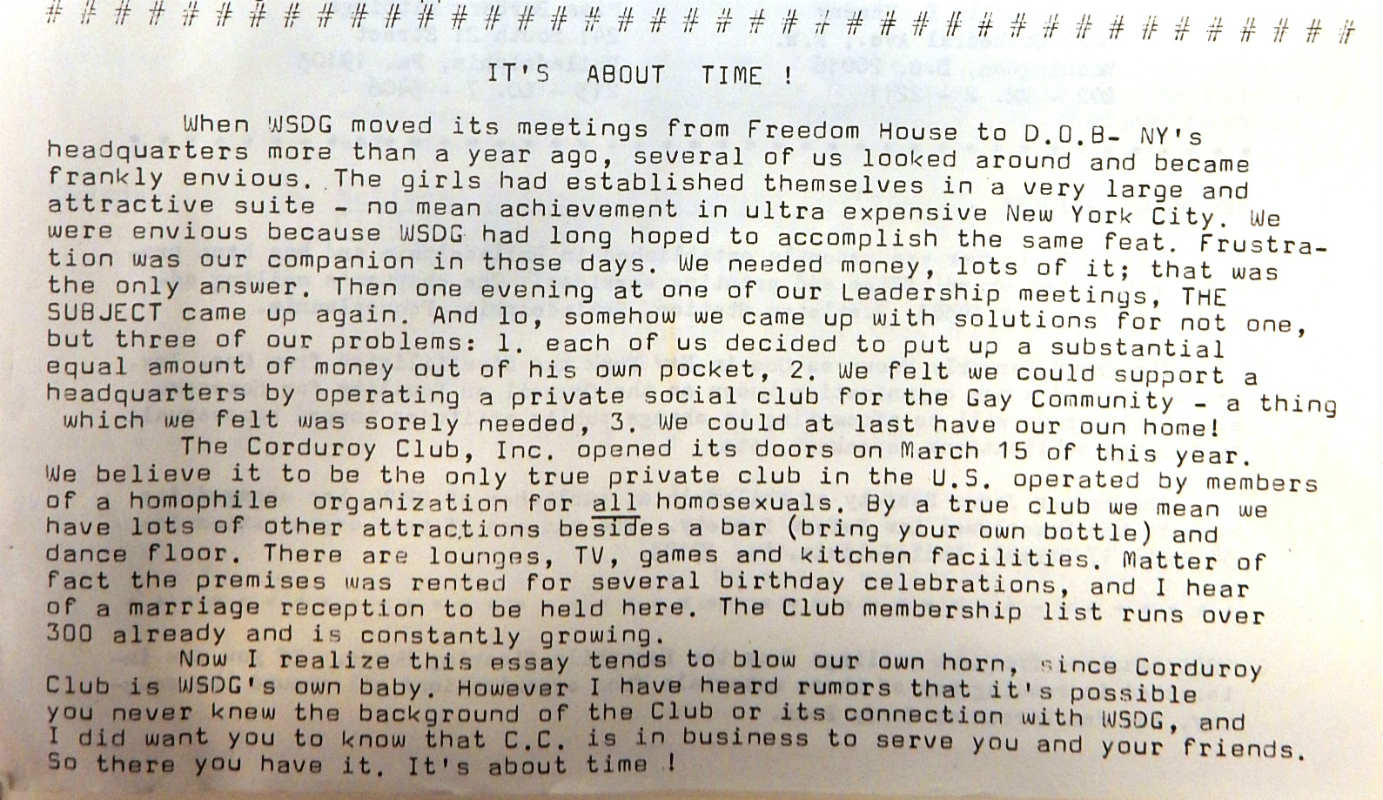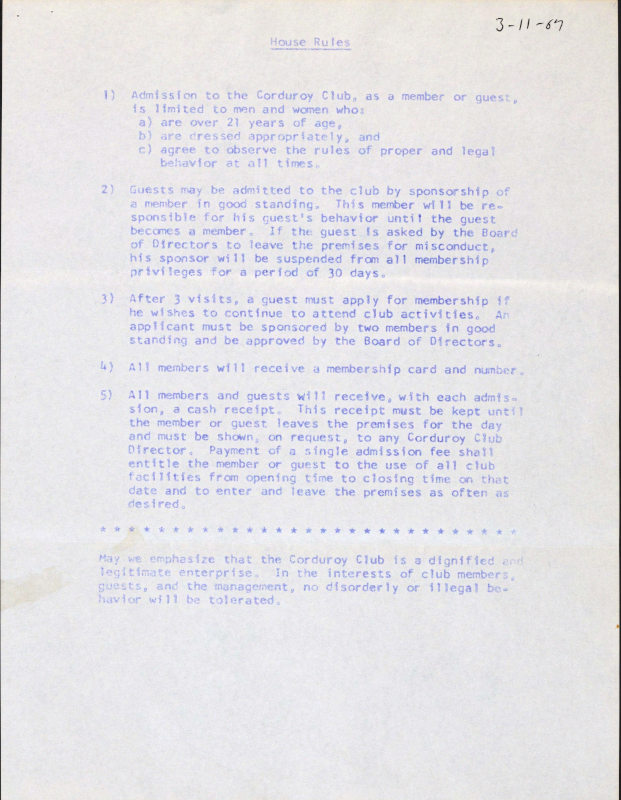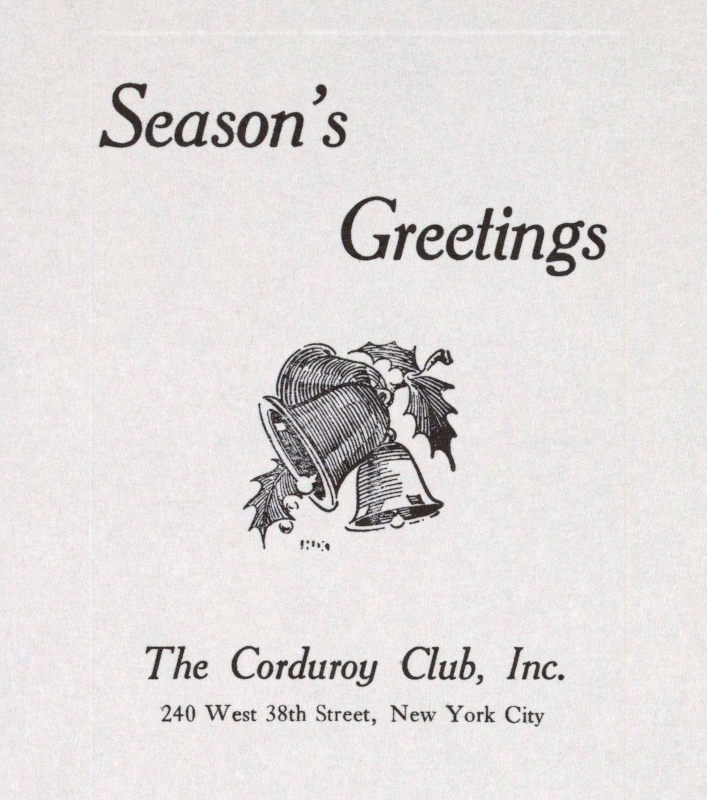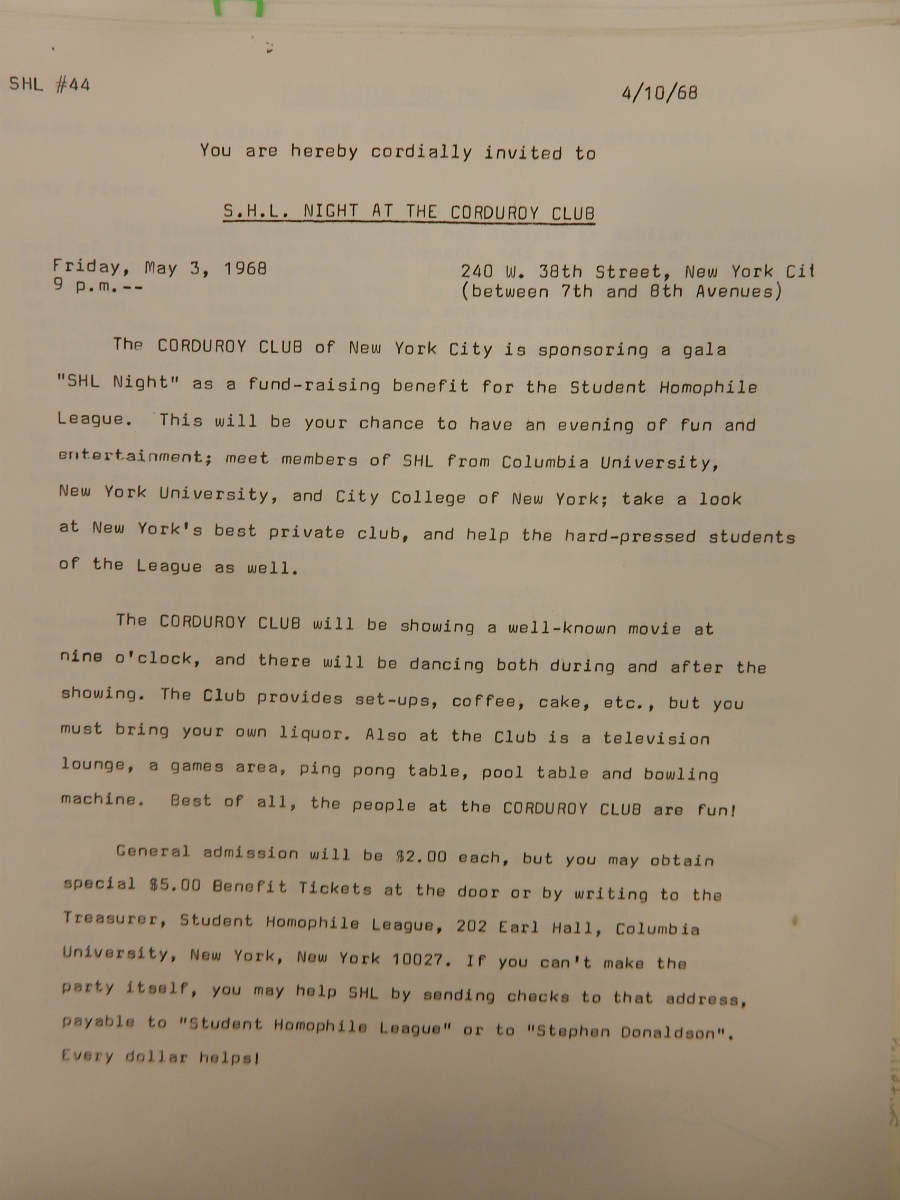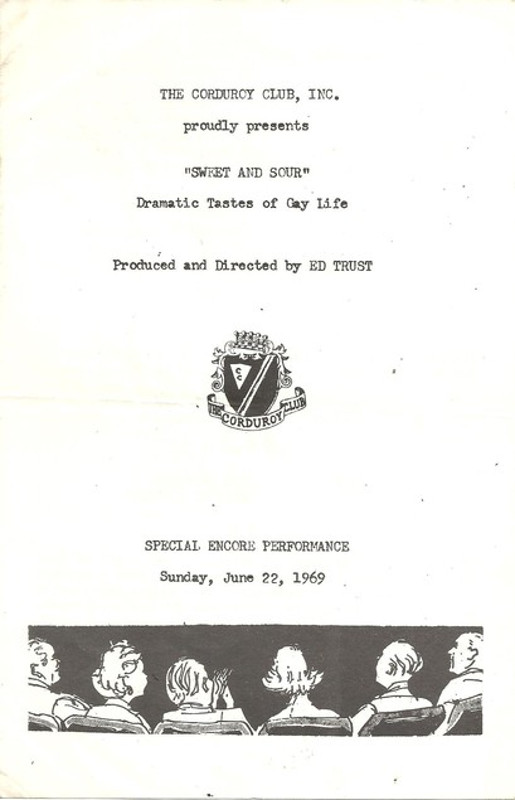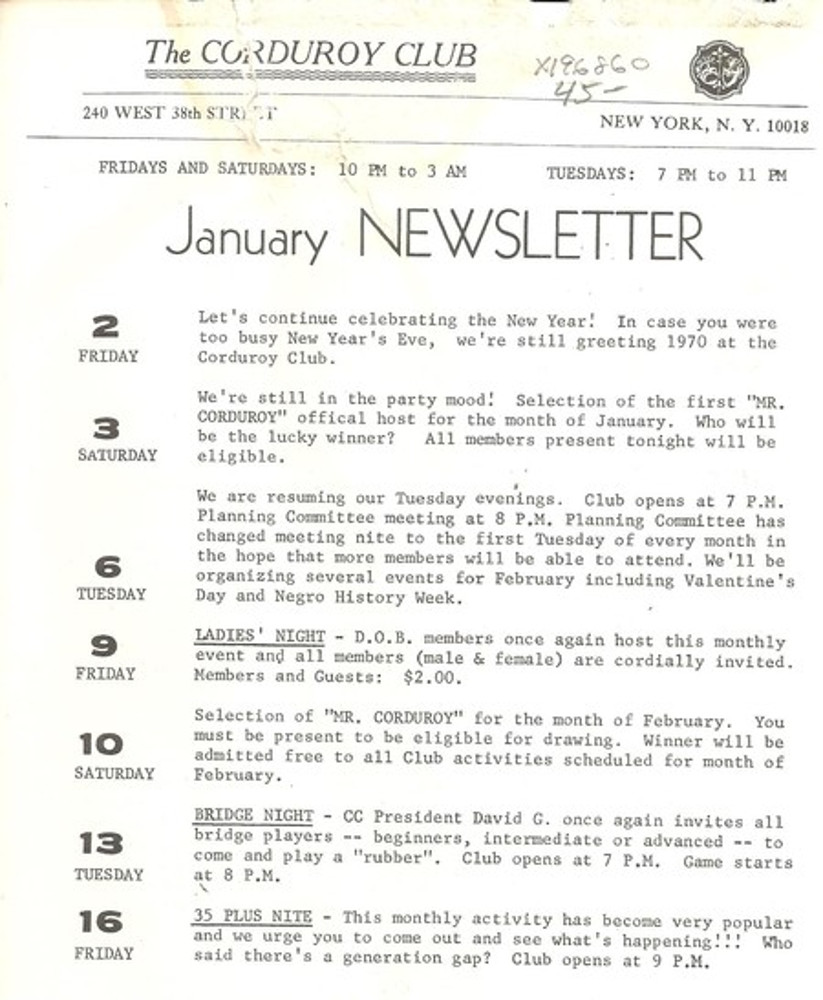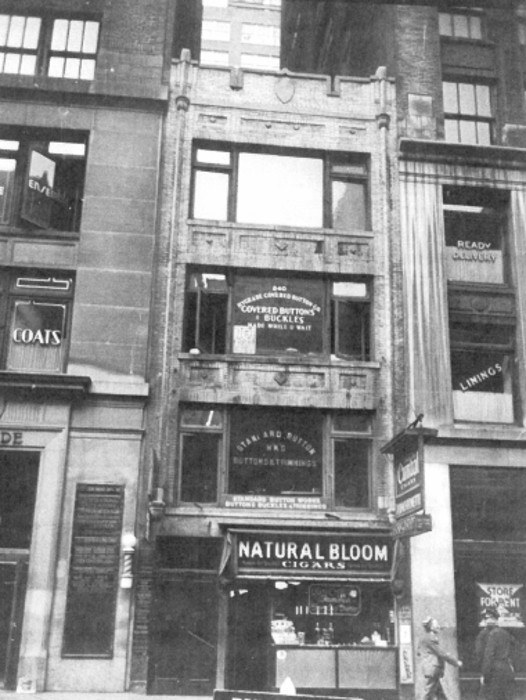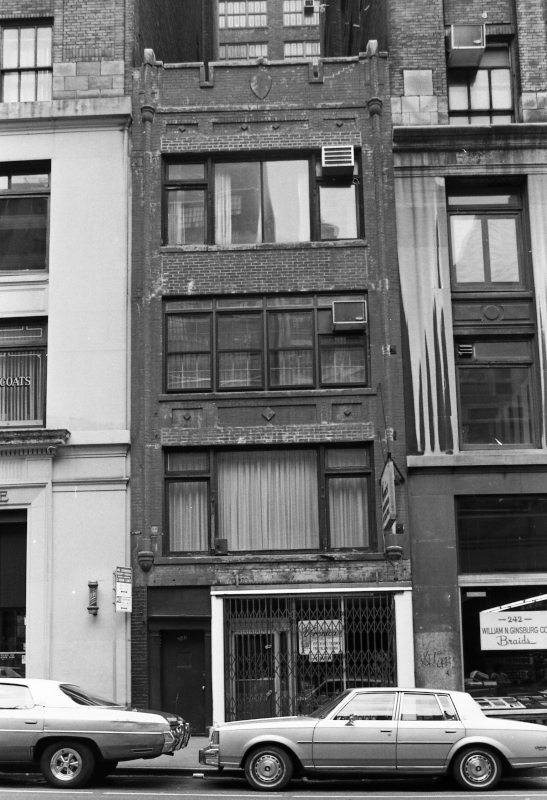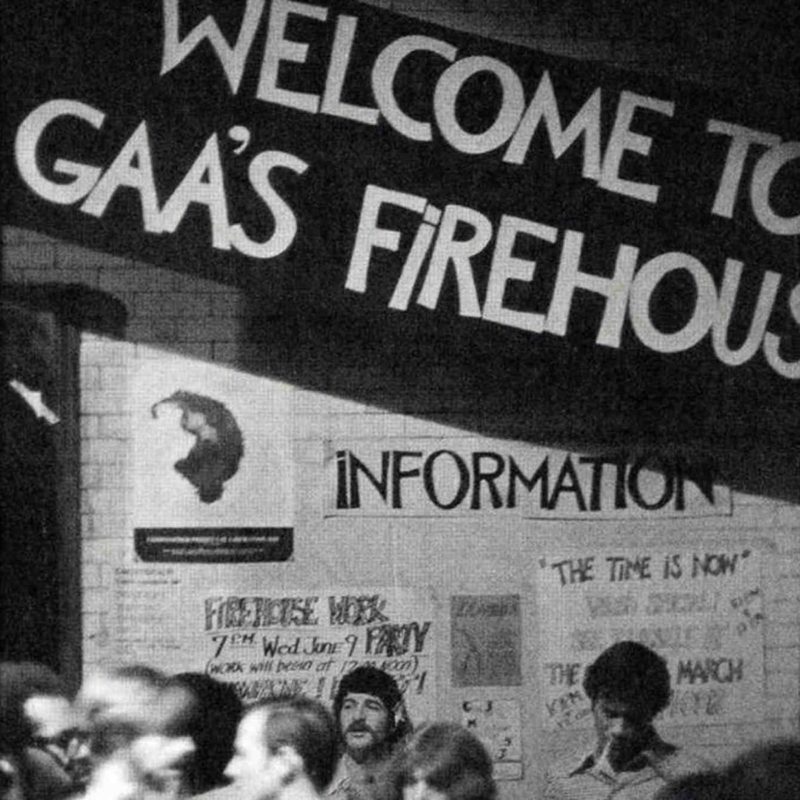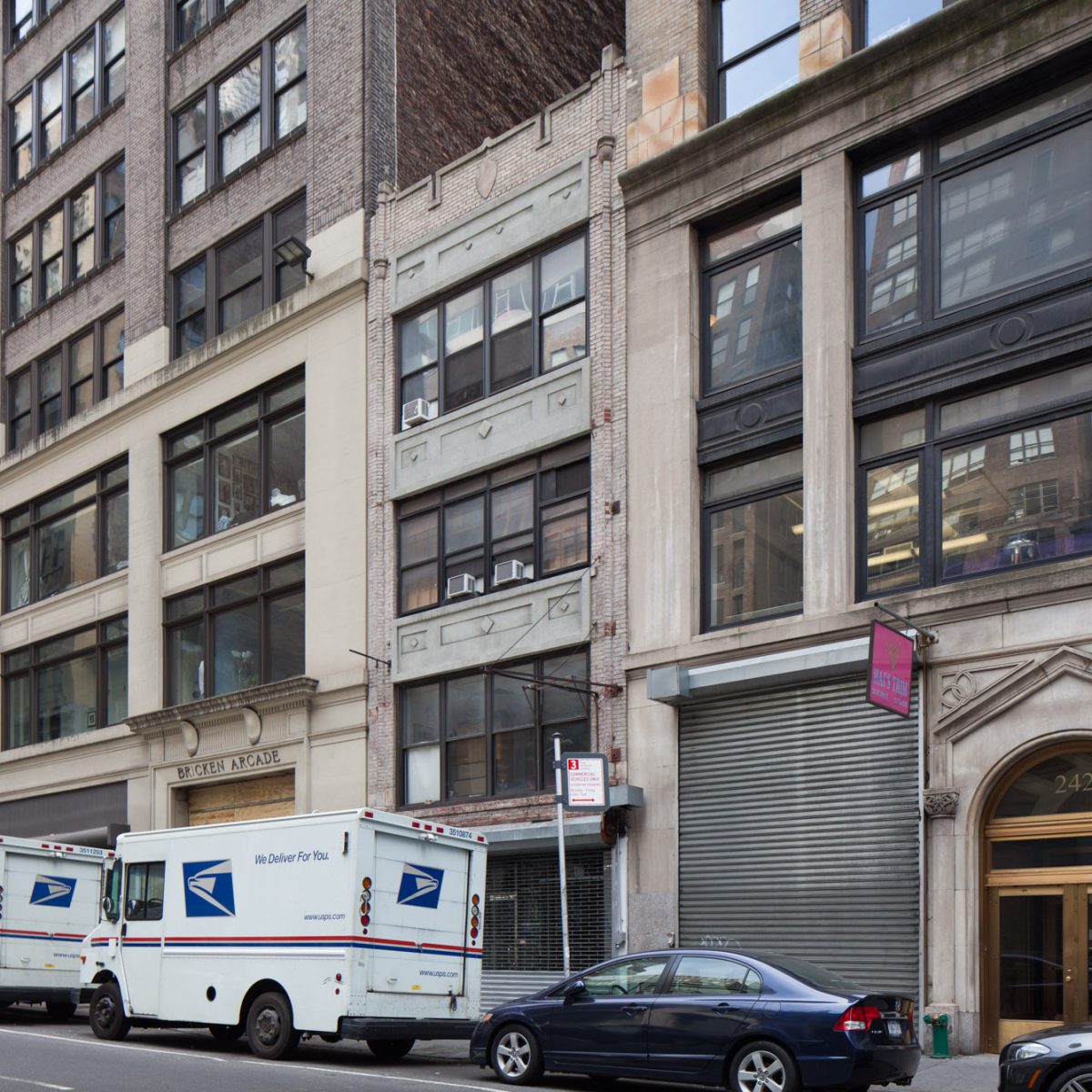
Corduroy Club
overview
The Corduroy Club, located here from March 1967 to 1971, was a significant effort by the pre-Stonewall LGBT community in New York to have a social space that was outside of the control of the Mafia, New York State Liquor Authority regulations, and police arrests and entrapment.
Founded by the West Side Discussion Group, the club also hosted a number of other early LGBT organizations, including the Daughters of Bilitis, the Mattachine Society, and Columbia University’s Student Homophile League.
See Isaia NYC Fashion House for more information on this site’s LGBT history.
History
The Corduroy Club was a private social club started in 1966, and in this building from March 1967 through 1971, that offered the largely older lesbian and gay community an alternative to the bar scene, holding such events as dances, card parties, plays, movies, and dinners. By 1968 it had a membership of over one thousand.
The club was founded by members of the West Side Discussion Group (WSDG), initially part of the Mattachine Society of New York, that became a separate organization in 1956 and dropped its affiliation with Mattachine in 1965 after more militant leaders took over Mattachine. WSDG thus became an older and more conservative group within the homophile movement. The Corduroy Club helped to fund WSDG activities, and also hosted a number of other early LGBT organizations, including the Daughters of Bilitis (DOB), the Mattachine Society, and the Student Homophile League of Columbia University. Gay Scene Guide in 1969 listed it as “a bottle club – bring your own drinks for set-ups. Nice cleanly-run establishment… It’s a quiet and reserved club, crowded weekends.” Activist Craig Rodwell described it in his periodical Hymnal as “probably the only legitimate private club in New York City.” In 1970 the Mattachine Society’s Guidebook called it the “oldest and finest legitimately private gay club in the city,” noting that an existing member must sponsor another’s membership.
The Corduroy Club was a significant effort by the pre-Stonewall LGBT community in New York to have a social space that was outside of the control of the Mafia, New York State Liquor Authority regulations, and police arrests and entrapment. WSDG touted it as “the only true private club in the U.S. operated by members of a homophile organization for all homosexuals.”
Online writer Max Verga reminisced that “I first became involved with the West Side Discussion Group, many of whose members were also associated with the Mattachine Society and Corduroy Club… The West Side Discussion Group met at the time in the headquarters of the Corduroy Club.” He continued,
Its weekly discussions covered a wide range of issues, including ways to meet people, the question of monogamy, and even gay humor. Today it’s hard to imagine the importance of providing such a forum, but in those days repression and secrecy were the rule.
In April 1969, the meeting of the Eastern Regional Conference of Homophile Organizations (ERCHO) was held at the Corduroy Club and at NYU’s Loeb Student Center.
Former DOB New York president Ruth Simpson recalled that local precinct cops began harassing DOB and the club about the Certificate of Occupancy for 240 West 38th Street in the fall of 1970. By 1972, the Corduroy Club was located at 634 West 51st Street.
See Isaia NYC Fashion House for more information on this site’s LGBT history.
Entry by Jay Shockley, project director (March 2017).
NOTE: Names above in bold indicate LGBT people.
Building Information
- Architect or Builder: Benjamin H. Whinston
- Year Built: 1925
Sources
Foster Gunnison, Jr. Papers. Archives & Special Collections at the Thomas J. Dodd Research Center, University of Connecticut Libraries.
Gerald Moore, “And They Harm No One,” Gay Power, vol. 1, no. 5 (1969), 9.
Mattachine Society, Guidebook (1968-70).
Max Verga, “Bear in Mind: A Personal Matter of Pride,” Bent (July 2001), bit.ly/2ge4cNa.
New York City Landmarks Preservation Commission, research files.
“Police Harass DOB,” Gay Flames, October 24, 1970.
William Beardemphl, “Parries and Thrusts,” Vector (April and August 1968).
Do you have more information about this site?
This project is enriched by your participation! Do you have your own images of this site? Or a story to share? Would you like to suggest a different historic site?
